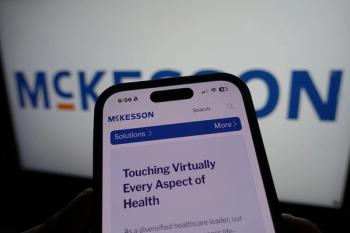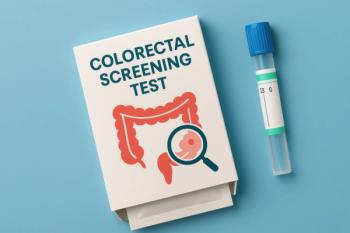
Deadline Nears for Decision on Medicare CGM Coverage
Patients with type 1 diabetes mellitus have been advocating for Medicare to cover CGM technology, which they say is more important as patients age and symptoms of dropping blood sugar become less noticeable.
This week, the community of persons with type 1 diabetes mellitus (T1DM) will be watching to see if HHS Secretary Sylvia Mathews Burwell makes a decision in case involving Medicare coverage for a continuous glucose monitoring (CGM) device. Given the history surrounding these kinds of cases, there’s no guarantee a decision will be forthcoming. But the fact that the matter has gone this far is a departure in itself.
On May 26, 2015, a US District Court in Eastern Wisconsin
The MAC had made its decision based on blanket language that CGM devices are “precautionary.” A decision on Medicare coverage, the Magistrate William E. Duffin ruled, must be made “on the individual’s particular factual situation.”
The case at hand involved Medicare beneficiary Jill A. Whitcomb, who has been fighting to get coverage for CGM after it was prescribed by a nurse practitioner. She was not the first person with T1DM told by CMS that she could not have coverage because the devices are “precautionary.” CMS’ position has been that warnings that CGM provides about dropping blood sugar levels are useful, but frequent finger stick testing can adequately tell a person with diabetes if they are in danger. Of course, CMS cannot actually admit theirs is a financial decision.
But in light of Duffin’s ruling, Medicare must go back to the drawing board. Whitcomb’s attorney Debra Parrish said the decision must be based “on her compelling clinical case.”
In the first go-round, Parrish said, “Medicare did not consider her need in its analysis.”
The case was remanded back to Burwell, who was given 90 days to issue a decision. Parrish, inan interview with The American Journal of Managed Care, said is not unusual for decisions to take more time than that, and that Burwell may decide to do nothing. Still, Parrish said, most Medicare beneficiaries who are denied CGM coverage don’t bother to appeal; they simply lack the resources. Whitcomb’s ability to get this far could encourage others.
But plaintiffs like Whitcomb are attracting notice because the T1DM community has powerful allies on their side. There is bipartisan support in Congress to do something about covering CGM in Medicare, as more persons with diabetes—both type 1 and type 2—move into retirement leading active lifestyles. Patients may still be working part-time, they want to drive, and they don’t want to put themselves or others at risk if their blood sugar suddenly drops. There’s also concern that if advocates don’t win the fight over CGM they will face a lack of coverage when the real prize—the artificial pancreas—reaches patients sometime in the not-too-distant future.
US Senator Susan M. Collins, a Republican of Maine, who recently wrote a
Because 95% of commercial insurers cover the devices, many seniors are now reaching retirement age having had access to the superior control that CGM offers, only to take a step backward once the enter Medicare. Yet for seniors, the tell-tale signs of a drop in blood sugar—things like sudden fatigue, shaking, or sweating—may be less noticeable as patients age.
Groups like
Collins’ bill would seek coverage for select groups of Medicare patients:
· T1DM patients taking intensive insulin therapy
· Those whose providers certify that "the individual's condition cannot be safely and effectively managed with self-monitoring of blood glucose levels"
· Those with a history of "hypoglycemic unawareness" or regular hypoglycemic episodes
· Those who have failed to maintain "optimum glycemic control" in line with evidence-based guidelines.
Reference
1. Quilliam BJ, SImeone JC, Ozbay AB, Kogut SJ. The incidence and costs of hypoglycemia in type 2 diabetes. Am J Manag Care. 2011; 17(10):673-680.
Newsletter
Stay ahead of policy, cost, and value—subscribe to AJMC for expert insights at the intersection of clinical care and health economics.













































